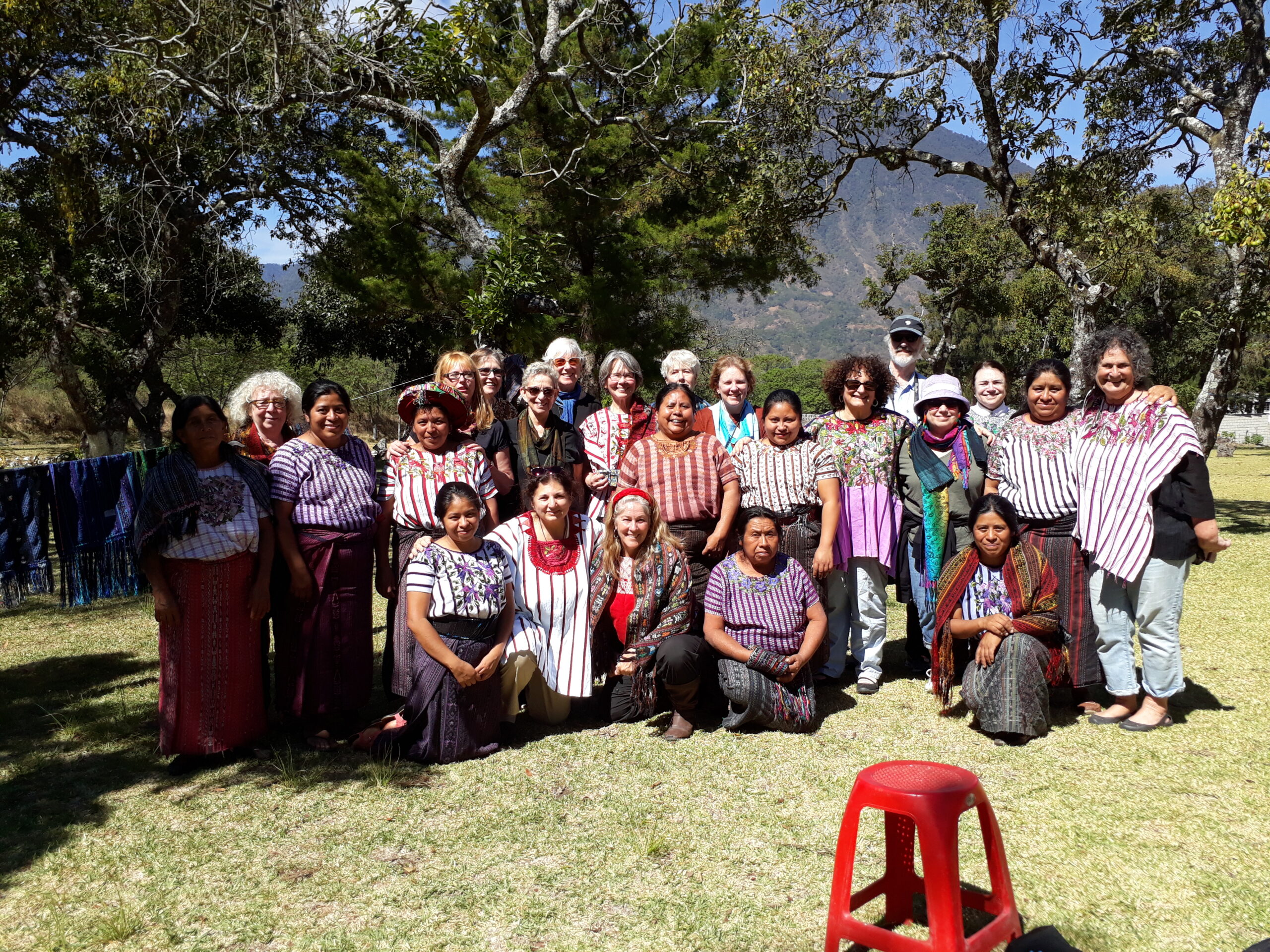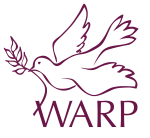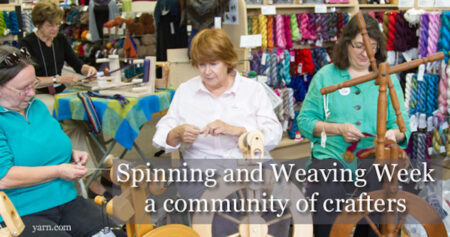This may seem a little too fluffy for WARP, but then again, maybe not. In fact, maybe it could be profoundly important for indigenous weaving communities everywhere.
In 1981 the Weaving and Spinning Council sponsored the first National Spinning and Weaving Week. The idea was to promote the crafts among a broader community.
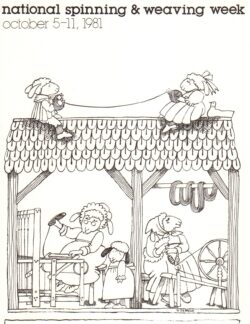
The sponsorship migrated, and Spinning and Weaving Week is now a project of the Handweavers Guild of America, promoted by weaving and spinning related businesses and guilds all over North America. The ways in which it is celebrated are as diverse as the local groups doing the celebrating, with all designed to make spinning and weaving more visible. Check out these links to see some of what is planned this year: HGA , Schacht Spindle Company. Do an electronic search and you will find a lot more.
Spinzilla was for some years another effort designed to support spinners everywhere, creating an international competition for teams of spinners that was both fun and productive on many levels. Dorinda Dutcher brought Spinzilla to her spinners in Bolivia, and you can read about their adventures in their blog: Paza – Weaving Past and Present for a Brighter Future. This is just one of many chapters, plus there is a video documentary about the group on this page.
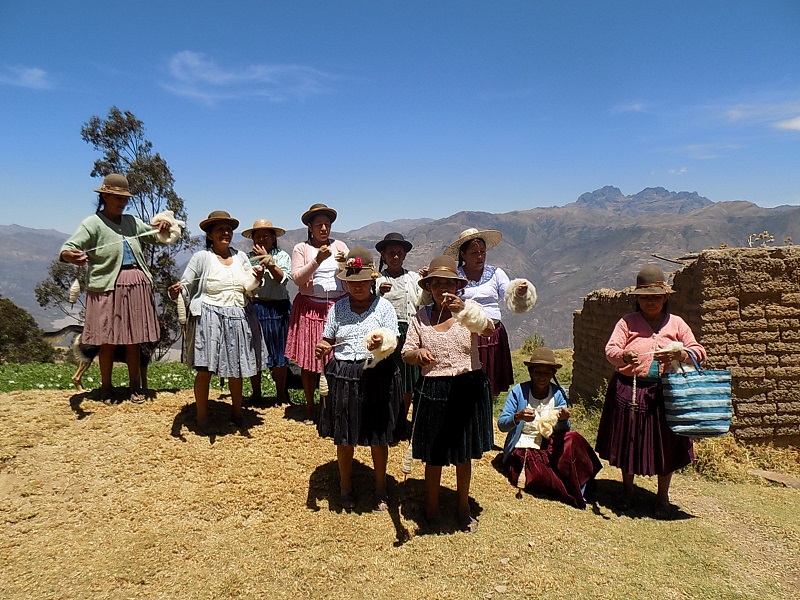
So other than the fact that many WARP members are spinners or weavers themselves, why is this interesting to us? Dorinda’s experience in animating the artisans is one answer. Another is that while on a very different level, one of the major problems for textile communities in need is that the majority of people, even those who live in close proximity to important textile-producing cultures, still don’t know beans about spinning or weaving, and for that reason they are not even supportive, much less active customers. It would be so much more sustainable if artisans could support themselves in their own worlds, not have to rely on export sales, but very few can. Would it help to have another “excuse” to recognize, celebrate, honor, and in every way make enough noise about the value and importance of textiles to unknowing populations nearby? We know that people are fascinated by looms and spinning wheels, and a weaver in a non-weaving setting almost always attracts a lot of attention. So maybe one key is to get the weavers and their looms, the spinners and their spindles and wheels, to a place where by their very uniqueness they would attract attention, and maybe some new customers. WARP members who are working with textile artisans might be able to do that, and who knows what would percolate from the idea of giving them their own special week? Acorns to oaks?


La Semana de Hilar y Tejer – 5 – 11 de octubre, 2020
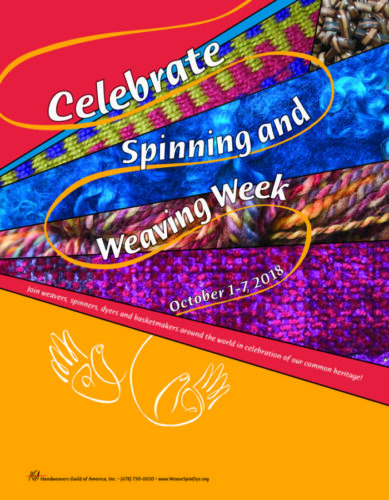
Esto podría parecer no muy importante para WARP – o tal vez podría ser muy importante para comunidades de tejedores indígenas en todos lados.
En 1981, el Consejo de Tejidos e Hilados en los Estados Unidos estableció la primera Semana Nacional de Tejer e Hilar. La idea era promover las artes de tejidos a una comunidad más amplia. Los promotores principales cambiaron sobre los años, y ahora La Semana de Tejer e Hilar es un proyecto de la Gremial de Tejedores de América (HGA), promovido por negocios y gremiales locales en toda América del Norte. Las maneras en la que está celebrada son tan diversas como los grupos locales celebrando, con todos diseñados para hacer el arte de tejidos hecho a mano más visible. Puede chequear estos links para ver un poco de lo que está planificado, y si hace una búsqueda electrónica para Spinning and Weaving Week va a encontrar más: HGA , Schacht Spindle Company
Spinzilla era otro proyecto diseñado para apoyar hiladores en todo el mundo, creando una competencia de equipos internacionales que era divertida y productiva en muchos niveles. Dorinda Dutcher trajo Spinzilla a sus hiladoras en Bolivia, y se puede leer (en inglés) todo sobre sus aventuras en su blog: Paza – Weaving Past and Present for a Brighter Future. Este link va a una historia de muchas, y también hay un video documental sobre el grupo en la misma página.
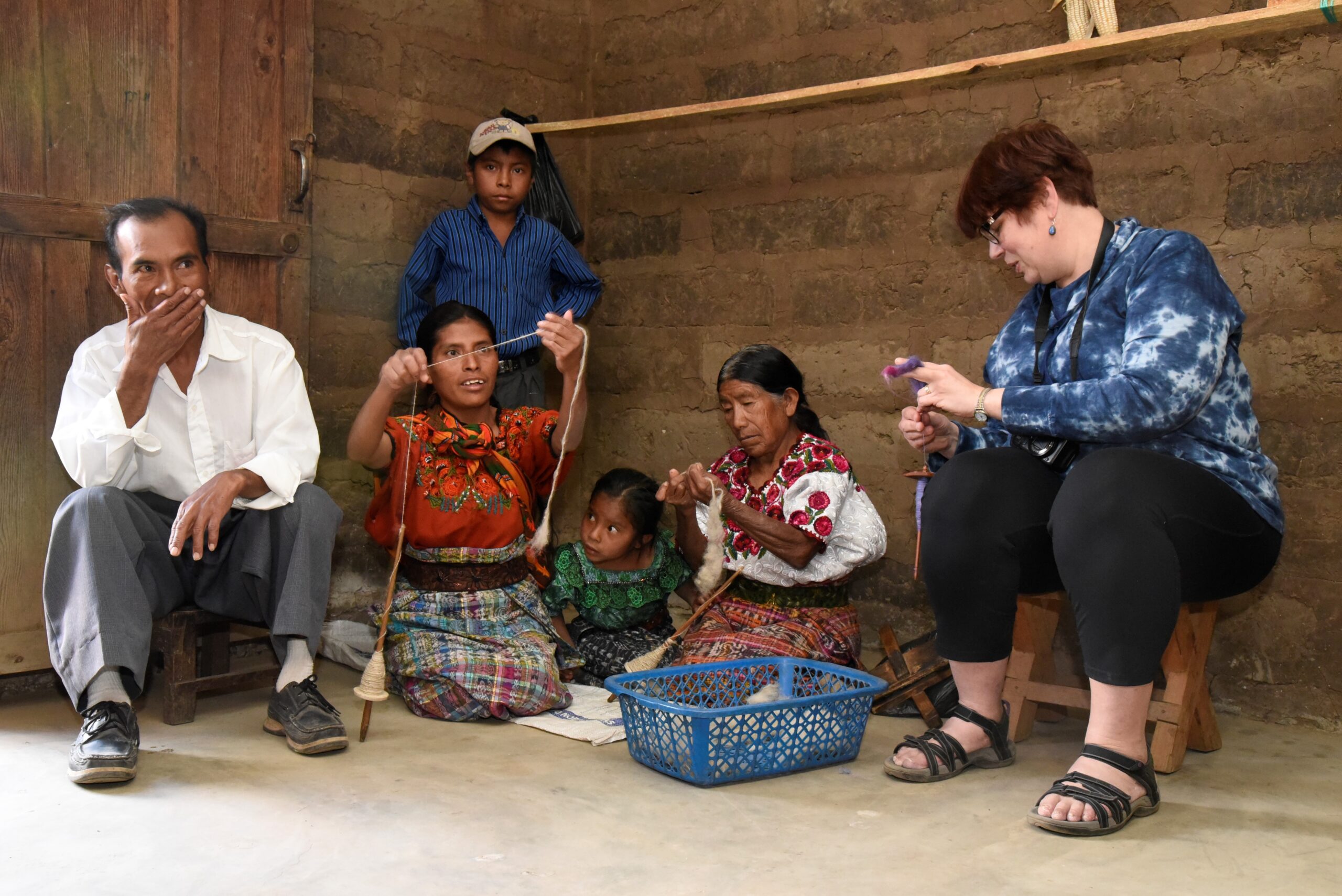
Entonces, otra del hecho de que muchos miembros de WARP son hiladoras y tejedoras, ¿por qué nos interés esta semana? La experiencia de Dorinda animando a las artesanas es una respuesta. Otra es que mientras el contexto es muy diferente, uno de los problemas más fuertes para las comunidades de textileros con necesidades económicas es que la mayoría de gente, incluyendo aquellos que viven a la par de las culturas textiles importantes, no saben nada de tejer o hilar, y por eso no sólo no les dan apoyo, tampoco son clientes. Sería bastante más sostenible si los artesanos podrían vender suficiente en sus propios mundos, sin la necesidad de exportar para sobrevivir. Pero casi ninguno puede. ¿Hay una posibilidad que ayudaría para reconocer, celebrar, honrar, y en todas las maneras hacer mucha bulla sobre el valor y la importancia de textiles a una población cerca de personas sin conocimiento o consciencia? Ya sabemos que un telar o una rueca o torno de hilar fascina a casi todos, y una tejedora en un lugar sin tejedoras casi siempre atrae atención. Entonces, tal vez una cosa clave es para poner los tejedores y sus telares, los hiladores y sus ruecas o tornos o malacates o husos, en un lugar donde van a atraer atención, y clientes, solamente porque son tan únicos. Tal vez miembros de WARP trabajando con artesanos de textiles podrían hacer algo así, y ¿quién sabe lo que podría filtrarse de la idea de dar a ellos su propia semana? ¿Bellotas a encinos?
